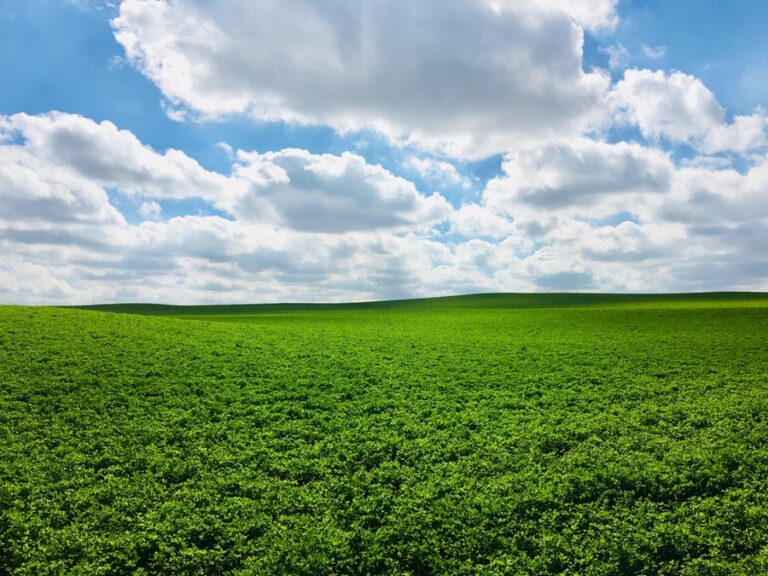When it comes to feeding horses, choosing the right type of forage is essential for both animal health and environmental sustainability. While traditional loose hay has long been a staple in equine diets, hay cubes are emerging as a more efficient and environmentally friendly alternative. From reducing waste to conserving resources, hay cubes offer several ecological advantages over conventional loose hay.
1. Reduced Feed Waste
One of the most significant environmental benefits of hay cubes is their ability to minimize feed waste. Loose hay is often scattered, trampled, or left uneaten, leading to substantial losses. On the other hand, hay cubes are compact and uniform, reducing the amount of forage that gets wasted. Less waste means fewer resources used to produce and transport excess hay, contributing to a more sustainable feeding practice.
2. Improved Storage Efficiency
Loose hay requires large storage spaces and is highly susceptible to spoilage due to moisture, pests, and mold. Hay cubes, being compressed and compact, take up significantly less storage space and are less prone to environmental damage. This not only reduces the need for excessive storage facilities but also helps prevent unnecessary forage loss, thereby conserving valuable agricultural resources.
3. Lower Carbon Footprint in Transport
Because hay cubes are densely packed and require less volume for the same nutritional value, they are more efficient to transport. Fewer truckloads are needed to deliver the same amount of forage compared to loose hay, leading to a reduction in fuel consumption and greenhouse gas emissions. This streamlined logistics model contributes to a smaller carbon footprint in the equine industry.
4. Water Conservation
Producing loose hay involves significant water use for irrigation, particularly in regions where water resources are limited. By contrast, hay cubes are often made from forage that has been optimized for efficient water usage, reducing the overall demand on water supplies. Additionally, the ability to rehydrate hay cubes before feeding can help control water intake and reduce waste compared to soaking dusty or coarse loose hay.
5. Reduced Dust and Airborne Particles
Loose hay is notorious for producing dust and airborne particles that can contribute to respiratory issues in both horses and humans. These fine particles can also accumulate in barns, affecting air quality and requiring frequent cleaning. Hay cubes generate significantly less dust, improving the environment for both animals and caretakers while reducing the need for extensive barn maintenance.
6. Sustainable Sourcing and Production
Many hay cube manufacturers prioritize sustainability by using responsibly harvested forages and optimizing production processes to minimize waste. Additionally, hay cubes can be made from surplus or lower-grade hay that might otherwise go unused, ensuring that more of the crop is utilized rather than discarded.
7. Reduced Packaging and Waste Disposal
Loose hay often requires large bales, twine, or plastic wrapping for storage and transport, all of which contribute to waste accumulation. Hay cubes, however, typically come in bulk packaging that is more efficient and easier to manage. This reduction in packaging waste helps decrease the environmental impact of equine feeding operations.
Conclusion
Switching from loose hay to hay cubes presents a compelling case for horse owners looking to reduce their environmental footprint while still providing high-quality nutrition for their animals. With benefits including reduced waste, improved storage efficiency, lower carbon emissions, and sustainable sourcing, hay cubes offer an eco-friendly solution to traditional forage feeding. By making this simple change, equestrians can contribute to a more sustainable future for both their horses and the planet.



